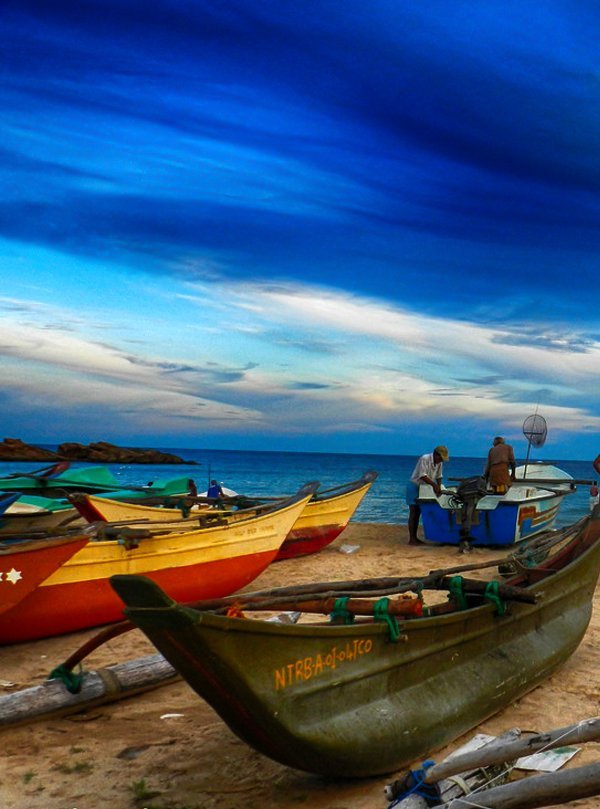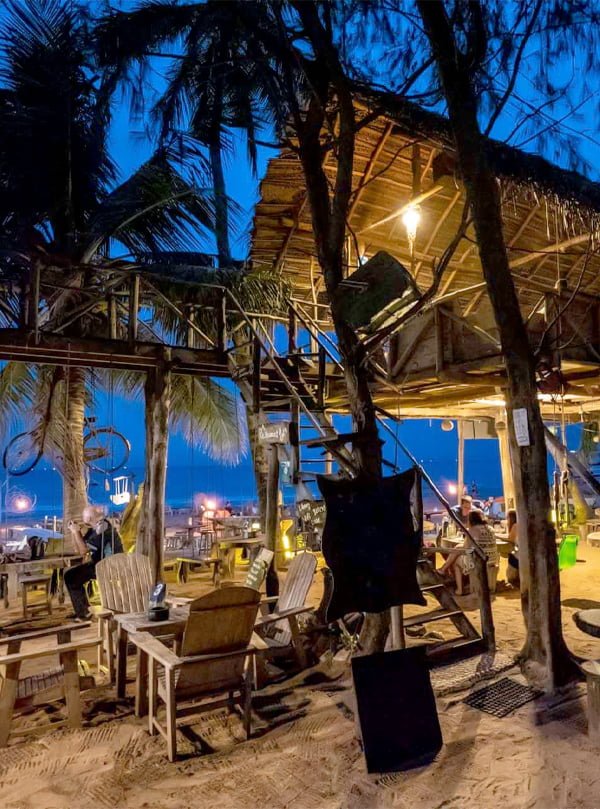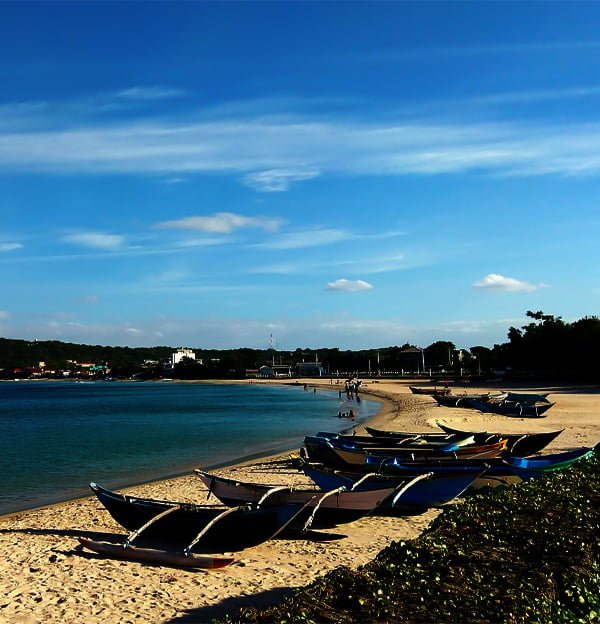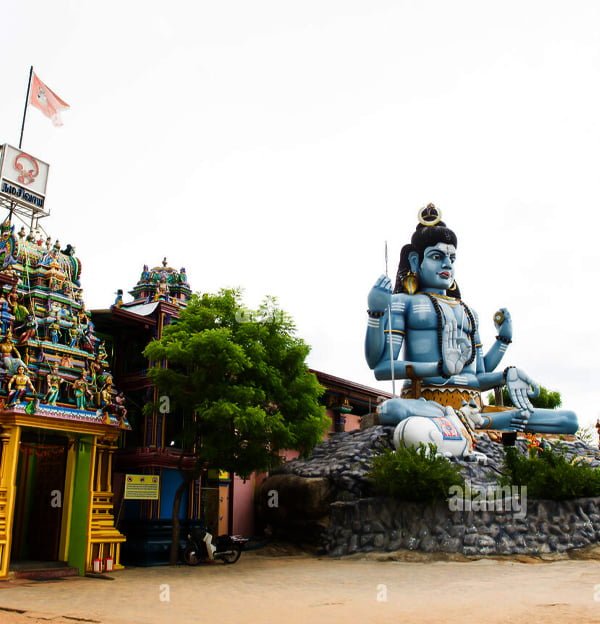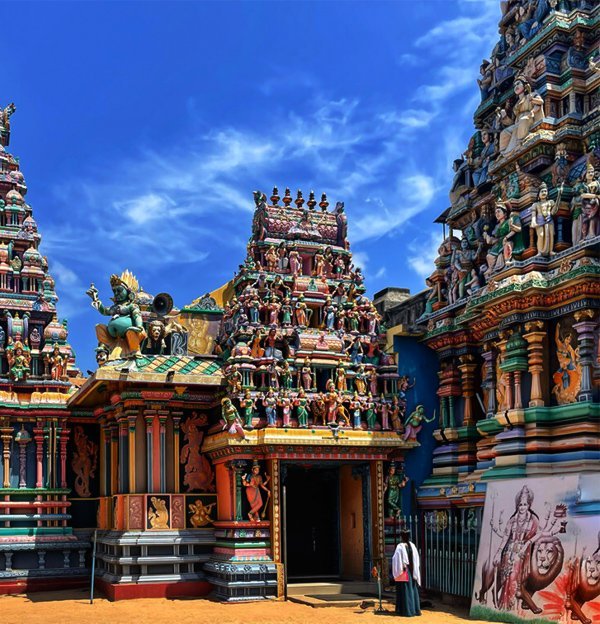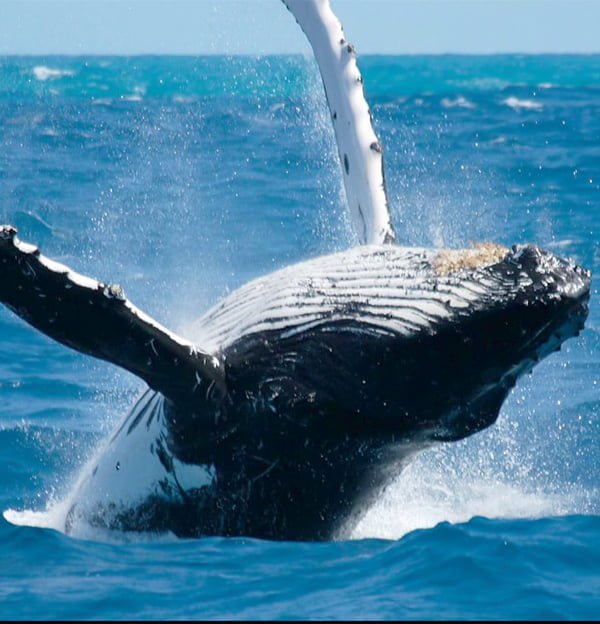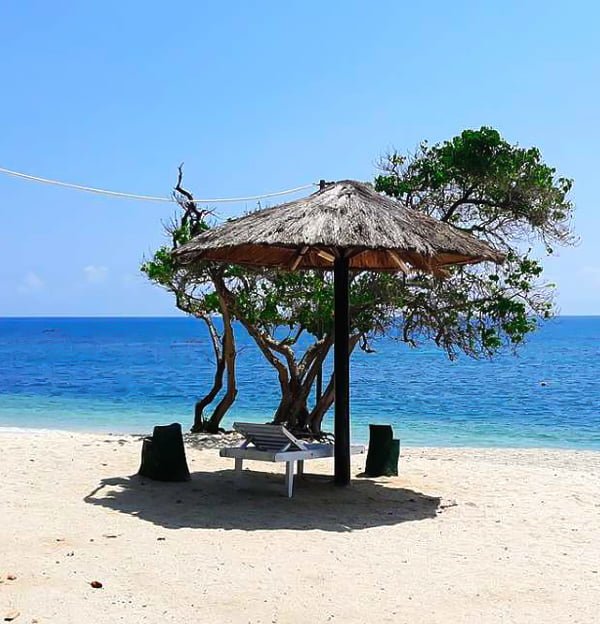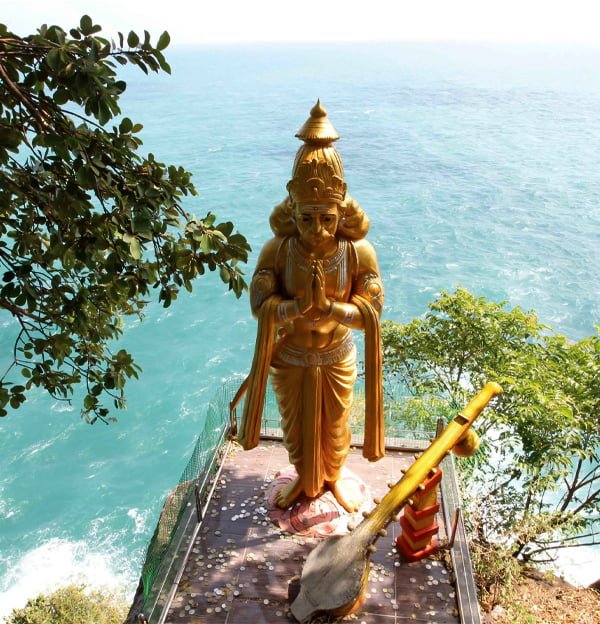The world’s deepest and largest Natural Harbour.
Trincomalee, once a coveted prize for ancient rulers and colonial powers, now lures visitors with its pristine white beaches and rich historical legacy. The city is steeped in history, with remnants of colonial occupation evident in its architecture and abandoned forts. Renowned for its natural harbor and strategic location, Trincomalee played a crucial role as a naval base for the Allies during World War II and remains integral to the Sri Lankan Navy to this day.
Among Trincomalee’s many attractions are its secluded beaches, including Uppuveli, Nilaveli, and Kuchchaveli, each offering serene stretches of sand and crystal-clear waters for swimming and sunbathing. Offshore, Pigeon Island beckons with its vibrant coral reefs and diverse marine life, making it a must-visit destination for snorkeling and diving enthusiasts. Whether exploring its historical sites, relaxing on its pristine beaches, or immersing oneself in its natural beauty, Trincomalee offers a captivating blend of past and present for visitors to discover and enjoy.
Here are more details about Trincomalee:
Geographical Location: Trincomalee, often referred to as Trinco, is located on the northeast coast of Sri Lanka, in the Trincomalee District of the Eastern Province. It is situated approximately 257 kilometers northeast of Colombo, the capital city, and is renowned for its natural harbor, one of the largest and deepest in the world.
Historical Significance: Trincomalee has a rich and diverse history, with evidence of human habitation dating back thousands of years. The city has been a strategic maritime hub throughout history, attracting the attention of ancient rulers, colonial powers, and military forces. Remnants of this history can be seen in the city’s architecture, forts, and archaeological sites, including the ancient Koneswaram Temple and the iconic Fort Frederick.
Cultural Heritage: Trincomalee is a melting pot of cultures and religions, with influences from Sri Lanka’s indigenous communities, as well as colonial powers such as the Portuguese, Dutch, and British. The city is home to numerous temples, mosques, and churches, reflecting the diversity of its inhabitants and their religious beliefs. The Koneswaram Temple, perched atop Swami Rock overlooking the ocean, is one of the most revered Hindu temples in Sri Lanka and attracts pilgrims from across the country.
Natural Attractions: Trincomalee is blessed with stunning natural beauty, including pristine beaches, lush forests, and scenic viewpoints. Uppuveli Beach and Nilaveli Beach are popular destinations for sunbathing, swimming, and water sports, while Kuchchaveli Beach offers a more secluded and tranquil escape. Pigeon Island National Park, located just offshore, is a protected marine sanctuary known for its vibrant coral reefs, diverse marine life, and excellent snorkeling and diving opportunities.
Maritime Activities: Given its strategic location and natural harbor, Trincomalee has long been a center for maritime activities and trade. Visitors can take boat trips around the harbor to admire its natural beauty and learn about its historical significance. Fishing excursions, whale watching tours, and dolphin watching trips are also popular activities for visitors keen to explore the waters around Trincomalee and observe its rich marine biodiversity.
Local Cuisine: Trincomalee offers a variety of dining options, with restaurants serving fresh seafood, traditional Sri Lankan dishes, and international cuisine. Visitors can savor local delicacies such as seafood curries, rice and curry meals, and spicy snacks, as well as refreshing tropical fruits and juices.
Overall, Trincomalee is a captivating destination that offers a unique blend of history, culture, and natural beauty, making it a must-visit destination for travelers seeking an authentic and immersive experience in Sri Lanka.




